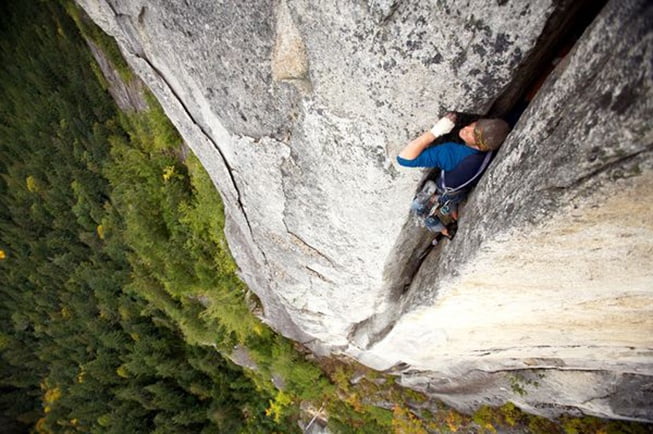Meaning
In difficulty, faced with a choice between two unsatisfactory options.
Origin
This phrase originated in the USA in the early part of the 20th century. It is the American manifestation of a phrase that exists in several forms in other cultures.
The dilemma of being in a position where one is faced with two equally unwelcome options appears to lie deep in the human psyche. Language always reflects people’s preoccupations and there are several phrases that express this predicament. The first of these quite literally conveys the uncomfortable nature of the choice between two lemmas (propositions), that is, ‘on the horns of a dilemma’. Other phrases that compare two less than desirable alternatives are ‘the lesser of two evils’, ‘between the devil and the deep blue sea’, ‘between Scylla and Charybdis’, ‘an offer you can’t refuse’ and ‘Hobson’s choice’.
The earliest known printed citation of ‘between a rock and a hard place’ is in the American Dialect Society’s publication Dialect Notes V, 1921:
“To be between a rock and a hard place, …to be bankrupt. Common in Arizona in recent panics; sporadic in California.”
Between a rock and a hard placeThe ‘recent panics’ referred to in that citation are undoubtedly the events surrounding the so-called US Bankers’ Panic of 1907. This financial crisis was especially damaging to the mining and railroad industries of the western states.
In 1917 the lack of funding precipitated by the earlier banking crisis led to a dispute between copper mining companies and mineworkers in Bisbee, Arizona. The workers, some of whom had organized in labour unions, approached the company management with a list of demands for better pay and conditions. These were refused and subsequently many workers at the Bisbee mines were forcibly deported to New Mexico.
It’s tempting to surmise, given that the mineworkers were faced with a choice between harsh and underpaid work at the rock-face on the one hand and unemployment and poverty on the other, that this is the source of the phrase. The phrase began to be used frequently in US newspapers in the late 1930s, often with the alternative wording ‘between a rock and a hard spot’.
A more recent example of the use of the expression, and one for which it seems gruesomely apt, is recounted in the 2010 film 127 Hours, which is based on Aron Ralston’s book Between a Rock and a Hard Place. The memoir recounts the 127 hours that Ralston spent alone and trapped by a boulder in Robbers Roost, Utah, after a climbing accident in April 2003, eventually opting for the ‘hard place’ of freeing himself by cutting off part of his right arm.




This Post Has 0 Comments